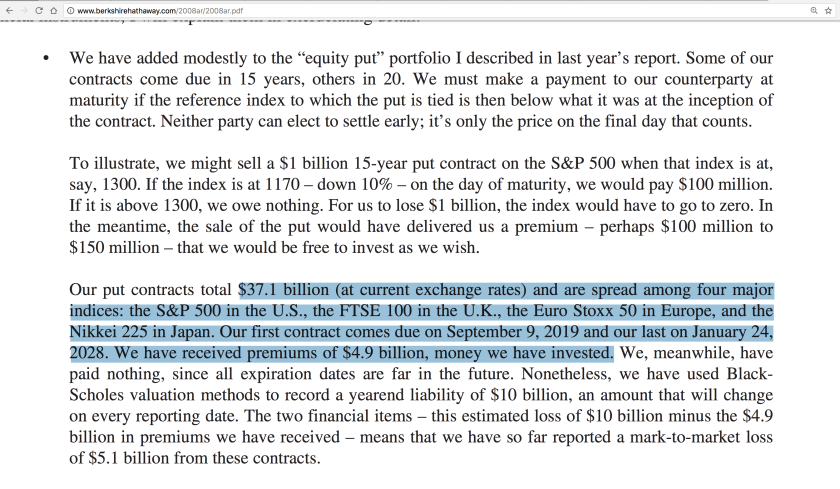Thinking through how to exit out of my $XXII 10k share position, which I got in at $2.00/share and is now trading at $2.60/share.
1. Tax consequences
I want to get out of this position by August this year since that’ll be 1 full year and the earliest I can get taxed at the capital gains rate, instead of the ordinary income at about twice the rate. But I don’t want to simply sell via a market order (or close to the market via a limit order) when the time comes since that fetches the market value and there’s a way to eek out a lot more profit using options.
I don’t plan to ever hold a single equity position for at least a few years, since I simply have no edge. I freely admit I’m just a sucker who got lucky thus far with $XXII while I was trying to find a trading strategy that suits my skills. Holding the underlying stock, in this case and in general, requires too much capital tied up that could be used as margin collateral for the options selling, which is where I can trade with an actual well-researched statistical edge called the Implied Volatility Premium of about 3%-5%.
(With all these estimations, I’m ignoring the effects of transaction costs since they’re small. Also assuming that any exiting of the position will occur after August, so that there’s no relevant issue between a blended cap gains and ordinary income tax rate.)
2. Selling calls and continuous capture of time decay
I’m thinking of selling the January 18th, 2019 $5.00 strike calls, that expires in 387 days. Market price for them is $75, each controlling 100 shares. I can exit out of this net selling position by “buying” back these calls, which will “decay” in value from $75 to $0.00 continuously as we get closer towards Jan 2019. This is called “theta” time decay, it’s like I’m a landlord charging rent.
3. Entire $XXII position
I can sell 100 calls to equal my entire 10k share position. In doing so, I immediately get $7,500! That $7,500 can be used in any way I want, even withdrawn into my bank account. If I want to exit my net selling position, I would buy it back at some fraction of the $7,500 and bank the difference as profit.
4. Scenarios
Scenario A: $XXII does not reach $5.00/share by January 2019
I get to pocket the full $7,500 while still holding the 10k shares.
Meanwhile, each day that goes by, I win via theta decay in option value. This phenomenon applies to all other scenarios as well.
Scenario B: $XXII does get above the $5.00 strike
I would still be winning until it reaches $5.75, since this would be equivalent to selling $XXII outright at $5.75.
Scenario C: If $XXII gets above $5.75
I still win from the appreciation up to that point, but miss out on all the gains over $5.75. This is the truly riskiest part of this strategy. What if it goes to $12 or $20 very quickly? I completely miss out on that upside.
5. Exercise
Usually long call options holders don’t exercise calls until near the very end. So If $XXII gets above $5.75 in the meantime, and it seems like there’s going to be an explosive move upwards, I can always choose to buy back the sold options positions to keep my net long stock position. I would choose a time when XXII takes a downswing, since then the call options would be cheaper to buy back. This isn’t 100% technically true though, since the volatility may increase the option price more so than the downswing of the underlying decreases it, but it’s probably not very likely unless it’s a very huge downswing. I’d have to actually calculate the numbers, but then that would be venturing into excessive false precision territory.
6. More shares issued
There’s a good chance there’ll be more shares of stock issued. In which case, it’ll only serve to decrease the probability that the $5.00 call strike price is hit.
…
After writing this all out, I believe the correct decision for my portfolio are as follows:
– sell 100 calls at $75 each for $7,500 and capture the Theta time decay
– this way, I can plan to exit out my $XXII position while capturing theta time decay every single second of every day
– I would get free cash immediately that I can then use for other trades
– I can always buy back $XXII on a dip after it gets called away, with a subsidy equalling the price of the sold call option
– still need to ponder since the risk I assume is missing out on a “To the moon” explosive move upwards by $XXII





